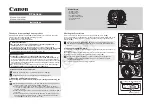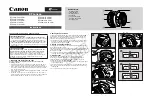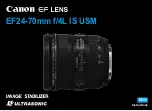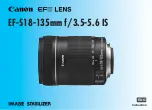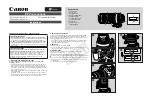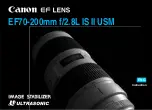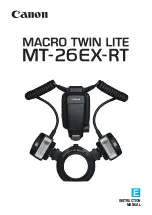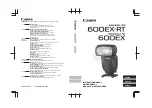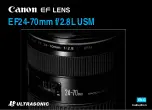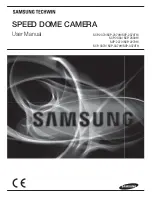
V1.02
Thom Hogan’s Complete Guide to the Nikon D300
Page 44
D300 Basics
In this section we’ll look at the controls of the camera,
how it is powered, how images are stored, and the
important things you’ll need to set up before you first use
your D300
.
D300 Design
The D300 design derives directly from the D200. Almost all
of the changes between the D200 and D300 are internal, and
there are a considerable number of such changes.
Essentially, the D300 has an all-new digital heart, an all-new
autofocus system, a state-of-the-art card write mechanism,
and the metering system has been tricked out in new ways not
seen before. Yet the D300 body design is essentially that of
the D200. The controls and menu system are the same. The
internal flash is the same. The viewfinder is the same, though
it now has an accurate 100% mask (the D200 had a 95%
mask). The power system is the same (though the D300 uses
less power while shooting than the D200).
From the front, the primary differences between the D200 (left) and D300
(right) are the cover for the 10-pin and PC sync sockets (upper right) and
the positions of the controls on the left side as we face the cameras have
changed very subtly. Still, these cameras could almost be twins.
The D300 uses the same mount for interchangeable lenses
that Nikon has used since the first F-series camera, introduced
back in 1959. While Nikon has made subtle improvements to































